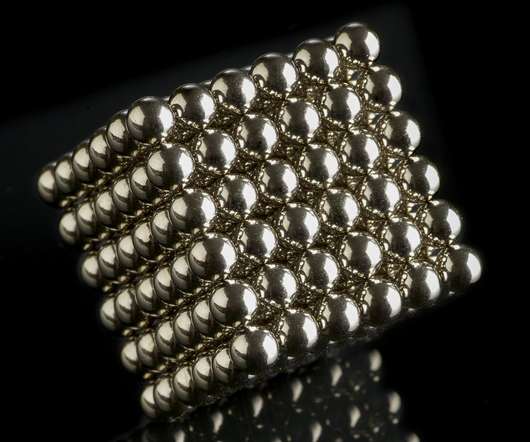Study shows 99% of used lead-based vehicle batteries in the EU are collected and recycled
Green Car Congress
NOVEMBER 5, 2014
The study was commissioned by EUROBAT, representing Europe’s automotive battery industry; the European Automobile Manufacturers Association (ACEA); the automobile manufacturers’ associations of Japan (JAMA) and South Korea (KAMA); and the International Lead Association (ILA).












Let's personalize your content